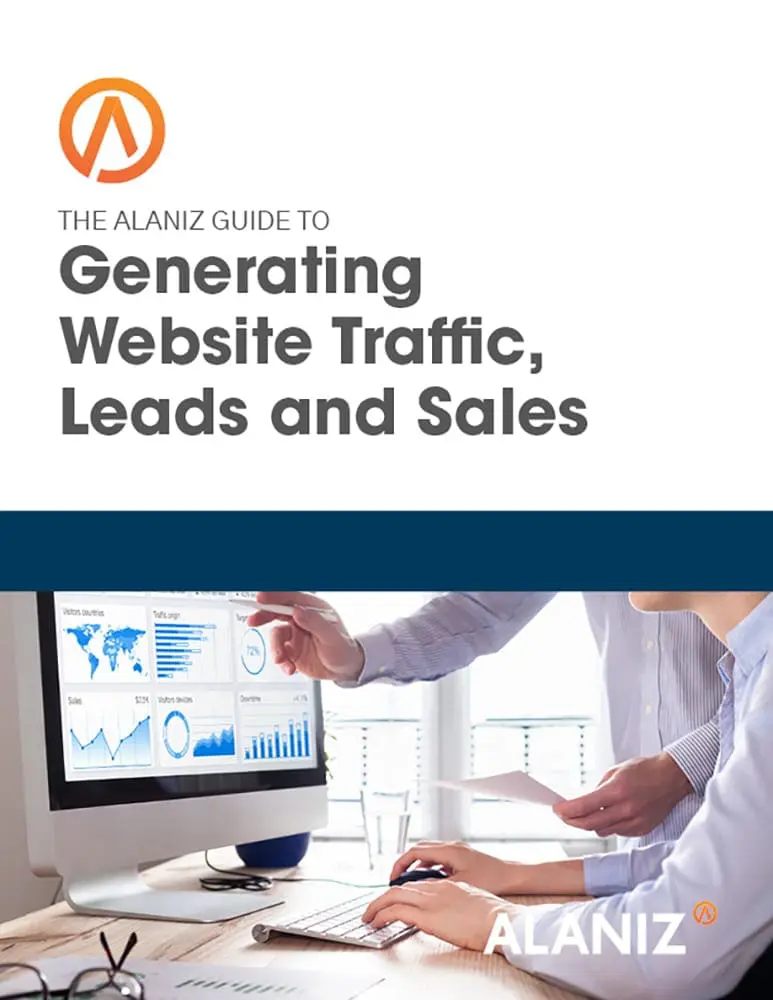San Francisco Bay Area workers have the dubious honor of enjoying the second longest commute times in the nation—averaging 4.6 hours per week on the road, according to a 2015 report.
While this is bad news for just about everyone involved in the region’s workforce, long commute times spell opportunity for at least one market: broadcast radio advertising. Bored, frustrated, commuters turn on their radios for news and entertainment during their journeys to and from work, and savvy advertisers know how to reach them. The radio advertising landscape in the San Francisco Bay Area is evolving as customer behavior shifts to online research as a primary tool customers use to qualify vendors. Partnering radio advertising with online marketing tools can make for a powerful lead and sales generating combination. Here’s how to do it.
Know your customer
When it comes to radio advertising in the Bay Area, it is critical to thoroughly understand your target audience. This, after all, is a foundational principle of effective marketing—detailed buyer personas that help you tune (pun intended) messages to your ideal customers. The Bay Area is one of the most ethnically, socially, and economically diverse regions in the United States. Knowing the cultural preferences and values can help you connect faster with your target groups. There are young tech workers, financial pros, service workers, hospitality and food professionals, senior executives, construction workers and more, hailing from countries all over the world. Yes, you need to know basics like what time do your ideal customers get to their offices, how they get there, and the information they are craving on their way to work. Is it traffic and weather? Sports? Music? News?
There are ways to go deeper, however. People with family and friends in other countries tend to be concerned about keeping up with international news. Entire channels or stations with special programming target some communities in their native languages, from Spanish to Hindi. The politics of the region are also very diverse, and the Bay Area has among the largest same-sex relationship population in the country and tends to be socially open-minded. If these groups are among your target audiences, you’ll need to find the right message for the right channels they listen to.
Engage them where they are
If you are targeting working adults, drive time is really the only time to reach this audience via radio. That’s because for most folks, the minute they are out of their cars, they are off the air and in front of their computers. Knowing your target audience’s work hours and location and triangulating to their departure and arrival times, and time on the road is critical. Financial professionals are typically up earlier than most, as the stock market opens at 6:30 A.M PST. San Francisco listeners will be heading into the city’s financial district. That said, the numbers show that more and more people are hitting the road earlier in the morning. Housing prices have driven many workers in the region into outlying areas as a far away as the central valley. They can’t afford to live in the heart of the Bay Area and they are forced to get in their cars earlier to reach work on time. Recent traffic studies show that the 5:00-6:00 A.M. is the fastest growing time for traffic on the region’s bridges.
Location location location
In addition to knowing your target audience’s radio preferences, it is also critical to know what roads they are driving, as different stations have different signal strengths and reaches. Knowing your target audience’s departure and arrival locations and the most likely routes to work is also very important. There are few stations that reach the entirety of the region from North to South and from East to West, so you’ll have to know the best options to reach people.
The Interstate 680 corridor, for example, stretches from Solano County through affluent East Bay communities all they way through Silicon Valley to San Jose, and is notoriously tricky to reach. Radio stations can tell you which zip codes they serve, and how many listeners they have in these zip codes. Location is also important to consider as it may impact whether commuters are likely to purchase your product or service. If your business is in Marin County, for example, is someone in the East Bay a likely customer? If not, you might be paying for reach that doesn’t really help you. This is where the region’s congested traffic can work against advertisers, especially brick and mortar businesses. The same traffic that gives you a captive audience for 4.6 hours per day can deter people from crossing bridges and tunnels for goods and services.
From drive time to online
Perhaps the biggest change that the Internet has had on radio advertising is that most people now respond to ads online rather than via the phone. In previous generations, radio advertising was meant to make the phone ring. Most ads repeated a phone number like “three sevens and a one-two-three-four.” That’s still the goal, but customer behavior has shifted as consumers are far more likely to research a company online before making personal contact. This is where online marketing connects directly with radio advertising. Advertisers need to have a strong web presence to support outbound marketing efforts like radio advertising to complete the engagement process. This means creating easy to remember web addresses and custom landing pages that connect directly with the message of your advertising campaign. The online connection also gives advertisers a powerful tool for measuring the effectiveness of an advertising campaign by analyzing site traffic before, during, and after an ad is aired.
Inform, don’t sell
One of the challenges of radio advertising is that ads are in essence interruptions into what the listener tuned in to receive. Let’s face it, people don’t listen to the radio for the ads—they want news or entertainment. This hard fact, combined with the fact that the Bay Area is among the most affluent and educated regions of the country, can make it challenging to engage listeners with traditional advertising messages. You are asking people to listen to something they didn’t request, and taking them away from what they did request. Using your ad to deliver educational content about a common problem your product or service solves can be far more effective than a pure sales pitch. Offer a few tips for people who might be experiencing the problem your company can solve. For example, if you have an accounting business, offer a tax-saving tip. Not only does this provide more engaging content than a sales pitch, it positions the advertiser as giving something to listeners, rather than trying to take something from them. You win trust the minute you give people something valuable for free.
It is a well-studied reality that the Internet has put the customer in control of the buying experience like never before. Businesses are constantly auditioning to be considered for a chance to solve a shopper’s problems. Radio advertising can be a powerful, direct channel to your target audience and, with the right message and strategy, a powerful tool for sales generation and customer satisfaction. Integrating advertising campaigns with online marketing can create a powerful process that attracts shoppers, engages them with targeted messages, and convert them to customers.




